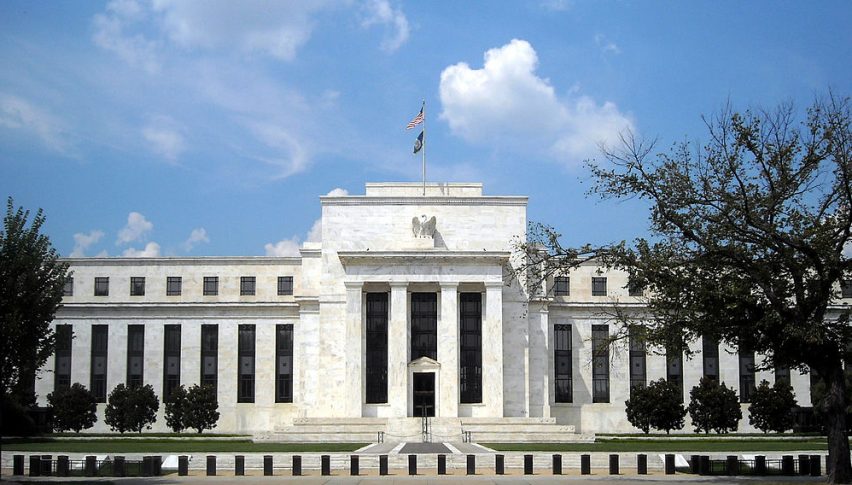
All Eyes on US CPI Inflation – Will the USD Follow it and Resume the Uptrend?
Today’s US CPI report is the highlight of the week on the US economic calendar. Inflation has been surging everywhere, but particularly in the US, which has been the reason for the FED to start tightening fast. The White House is already out with some damage control, saying the year-on-year figure will be ‘high’. The headline consensus is 7.3%, which is up from the previous 7.0%. I think it would be a mistake to come to the conclusion that the White House is signaling that it will be above the consensus.
But as Newsquawk notes: Last year, Biden also warned about high inflation before the release of the CPI report, and it was lower than the consensus (though still directionally higher). I think the market will be more focused on the monthly data, which is expected to come in at 0.4%. Team Transitory wants to see that monthly pace slowing. The composition of the report will also be important, with many watching rents and looking for one-off skews.
FED policymaker Mester said yesterday:
“I do expect some improvement in inflation readings later in the year, as demand moderates and capacity constraints in both product and labor markets begin to ease. My expectation is that inflation will moderate, but remain above 2% this year and next, but this forecast is conditional on the FOMC taking appropriate action.”
Central banks just don’t have the right tools to deal with the latest surge in inflation pressures. Mester’s remarks are an attempt to provide some reassurance that the FED is doing the right thing, but is it really?

US YoY CPI is expected to grow to 7.3% in January
Central banks are not left with much of a choice, as inflation continues to run rampant. Labour market conditions are tightening, as the world heals from the pandemic, and there might be concerns over wage-price spirals (although, I don’t see it happening). However, that shouldn’t be confused with tighter policy being able to counteract the factors that have brought about inflation in the past year.
Ultimately, the biggest issue globally right now is supply chain disruptions. Monetary policy, in all its glory, has no ability to fix that. Hence, it doesn’t matter if the Fed brings rates to 1% or 2%. The material difference isn’t in interest rates, but rather in how supply chain issues can be fixed over the months/years ahead.
The hope for central banks is that the timing of their tightening will fit in with the easing of supply chain disruptions around the world. That would give the illusion that their efforts are “working”. However, it is one thing to see inflation pressures cooling and another to see it return to 2%.
I see the former being the case, as monetary policy tightens for some major central banks, but the latter scenario may be something that requires plenty of hope and a whole lot of wishful thinking for the most part, even though policymakers know that the immense pressure piled on by surging inflation figures is something they can’t ignore. So, here we are.
EUR/USD Live Chart












